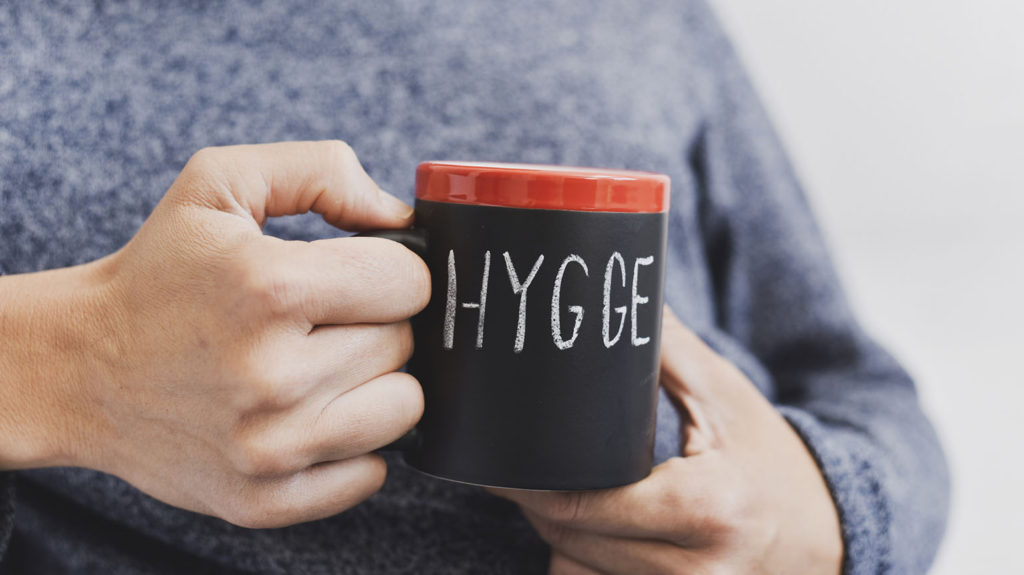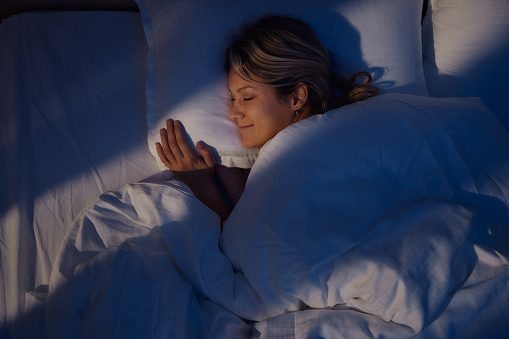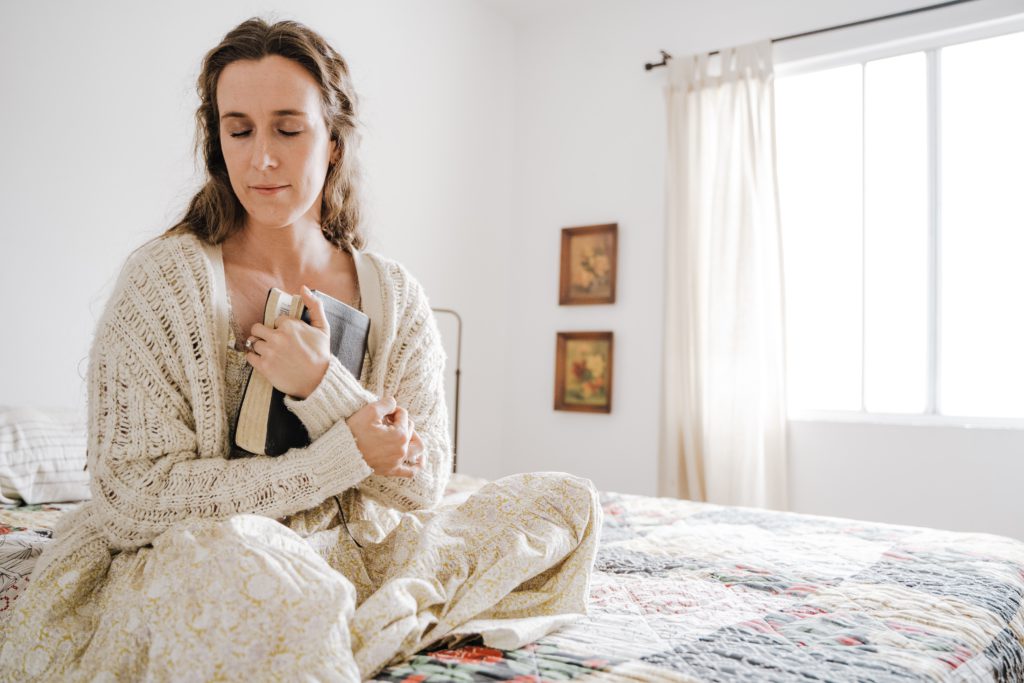Having trouble getting a good night’s sleep? Download Abide for Christian sleep meditations that use calming techniques and Scripture verses framed in calming stories to lull you into a peaceful slumber.
I wish I had inherited my grandmother’s sleep habits, as she had a daily routine that allowed her to get things done while also incorporating plenty of rest. Like clockwork, she got up at the same time each morning, took naps during afternoon soap operas, and went to bed promptly after the nightly news. Her schedule rarely changed, and in many ways, it provided a deep sense of peace and contentment. There’s a lot to learn from other people’s sleep habits, especially from sleep habits around the world. From various bedtime routines to the types of beds people prefer, exploring different ways of falling asleep can help us adopt healthier sleep habits ourselves. Here are a few to consider:
Sleep Habits in Denmark
Likewise, two people lying close together can keep each other warm. But how can one be warm alone? (Ecclesiastes 4:11 NLT)
Coziness and contentment best describe Denmark’s sleep culture as they emphasize the importance of creating a conducive sleep environment. This includes the concept of hygge, (pronounced “hoo-guh”), which is the Danish way of enjoying life and learning to relax.
Because of their long winter nights and shortened daylight hours, the Danish create sleep habits to help with mood and sleep such as lighting candles, sipping hot tea, and cozying up in warm flannel pajamas. Some Danish couples also practice the Scandinavian Sleep Method which includes two separate duvets allowing each person individualized comfort while still sleeping in the same bed.
Adopting some of Denmark’s bedtime routines could be helpful in creating a more conducive sleep environment. And exploring more about the concept of hygge could provide more coziness and contentment. What do you think?

Sleep Habits in Spain
In vain you rise early and stay up late, toiling for food to eat—for he grants sleep to those he loves. (Psalm 127:2 NIV)
In the Spanish culture, taking a break during the middle of the day, also known as a siesta, is a practice still enjoyed today. Though it’s not as widespread as it used to be, the benefits still stand.
Siestas boost mood, provide energy, increase mental clarity, and even improve heart health according to sleepfoundation.org. Following the lunch hour, some Spanish towns and villages close shop anywhere from 1-5 p.m.
Famous people throughout history have also made use of siestas, including Winston Churchill, Albert Einstein, and John F. Kennedy. In fact, Churchill once wrote, “We were not made by nature to work, or even to play, from eight o’clock in the morning till midnight. We ought to break our days and our marches into two.”
If you’ve always been one to plow through your day, too busy to take a siesta, consider how even a short power nap might give the extra boost you need for better productivity. At the very least, it will help you slow down, unplug, and reset your mind.
Sleep Habits in Japan
When you lie down, your sleep will be sweet. (Proverbs 3:24 ESV)
There’s nothing like sinking into the comfort of your own bed at the end of a long day. And for people in Japan, it’s no different. However, Japanese beds are uniquely made with layered mats and cushions to provide deeper sleep according to Japanese tradition.
These layers include Tatami mats, which provide a firm base for posture and back support, followed by thin mattresses called shikibutons, filled with soft layers of cotton. Topped with silk duvets, also known as kakebutons, these comforters regulate body temperature for a better night’s sleep.
A sense of peace and calm surround Japanese sleeping quarters, mostly due to a minimalist lifestyle that keeps rooms free of clutter. Sliding doors and windows provide natural light and fresh air flow, keeping bedrooms cool in the humid climate.
A Sleep Habit You Can Form
Listen to a short segment of this Abide sleep story set in Switzerland. This story is based on Philippians 4:6. See how a Bible-based story taking you through part of another country can help you fall asleep when you listen as part of your sleep habit.
So, the next time you sink into bed at the end of a long day, remember these unique sleep habits around the world: Denmark’s hygge of coziness and contentment, Spain’s unplugged midday siesta, and Japan’s peaceful bedroom environment. You never know, one or more of these cultural sleep practices might help you get better rest.
Abide has more than 500 Bible-based sleep stories like the one above. All exist to help you experience the peace of Christ and get better rest. Use it to create a healthy sleep habit. Click this link for 25% off a premium subscription, giving you access to all our sleep stories plus much more.
Jennifer is an author, speaker, and mentor for Christian women. Find her online at EncouragementMama.com, the place where discouragement doesn’t win!








